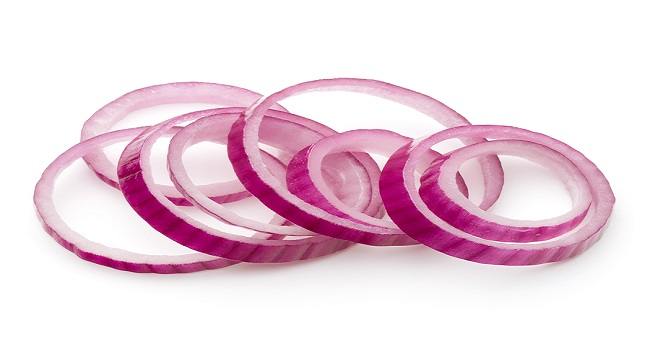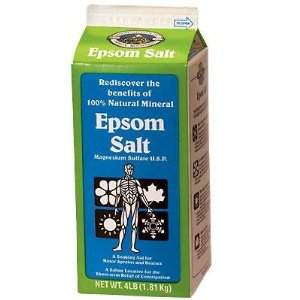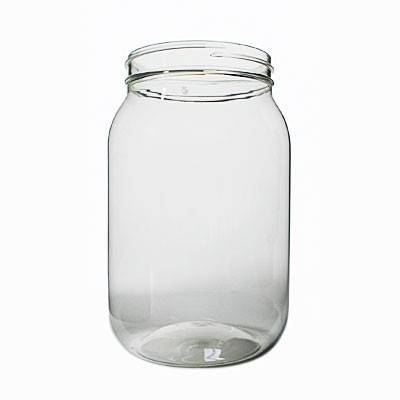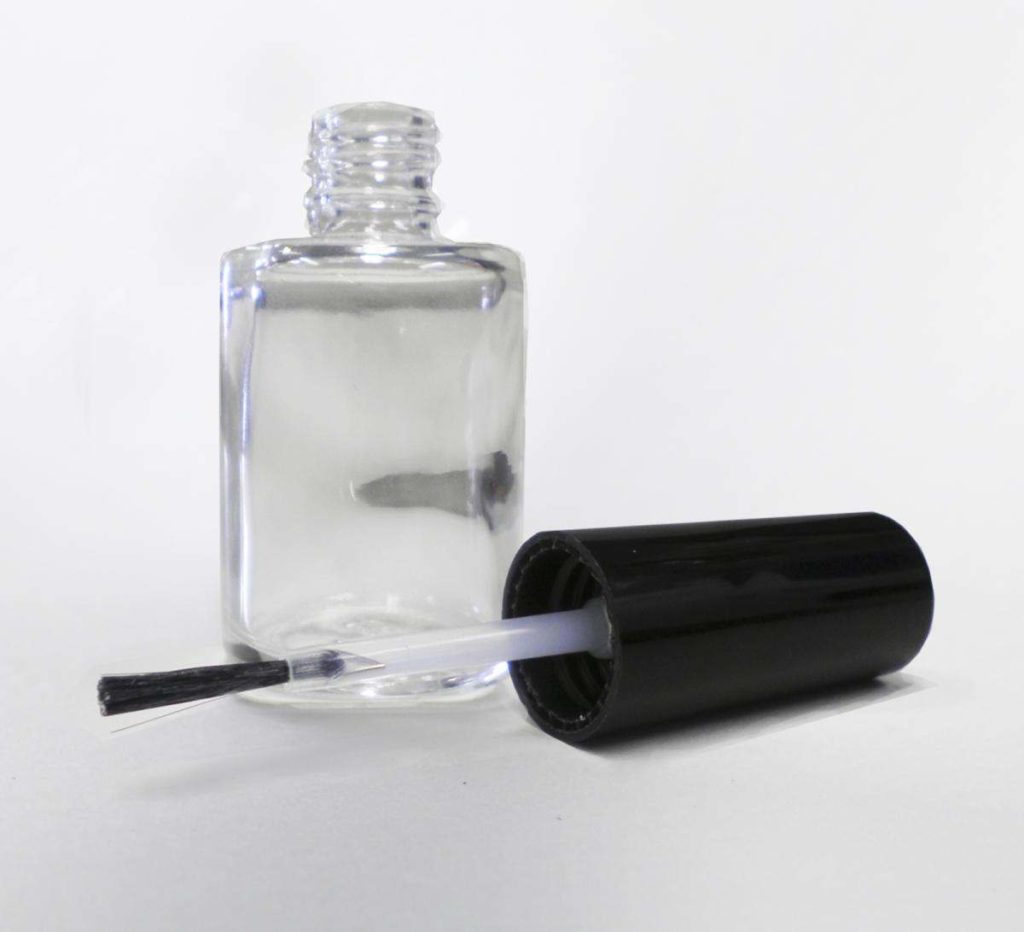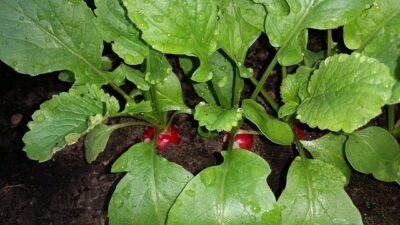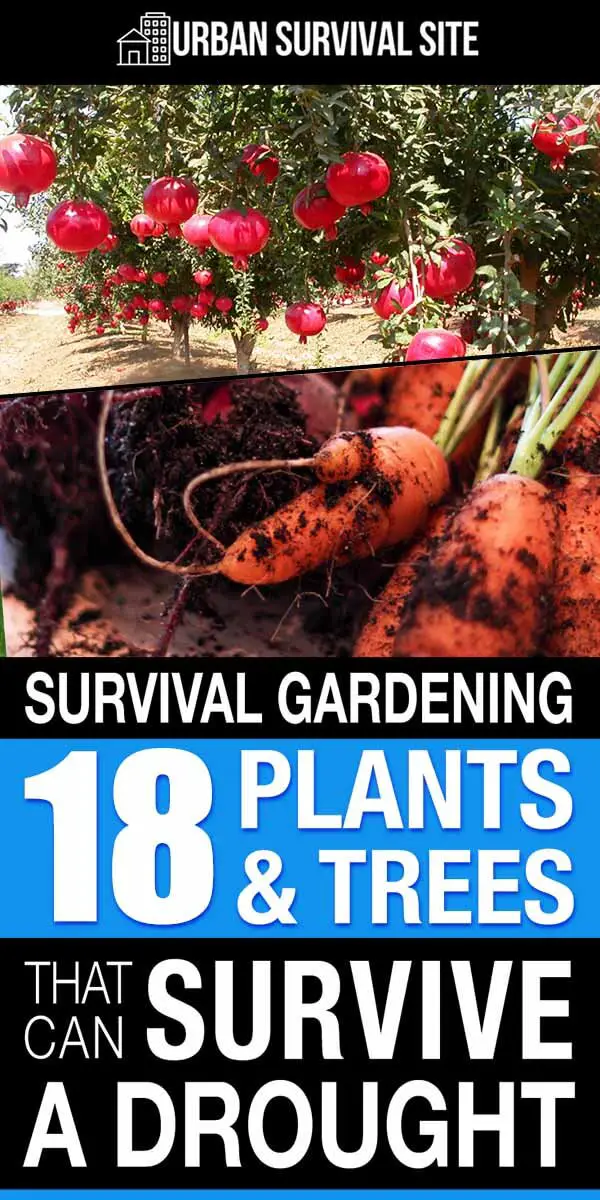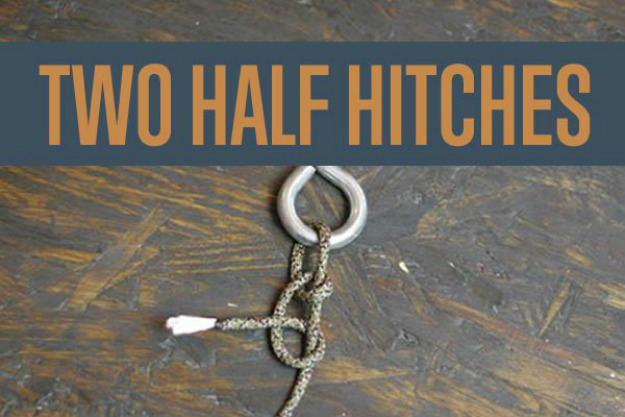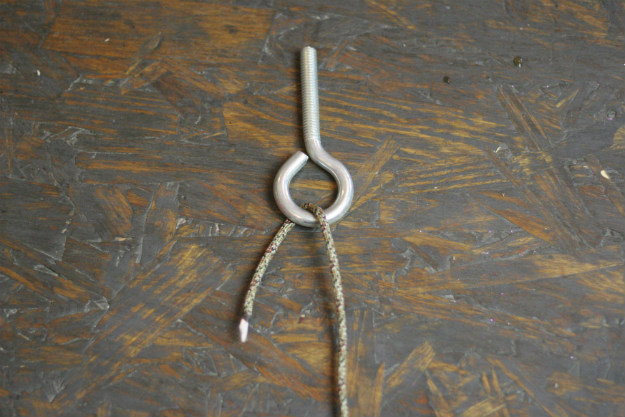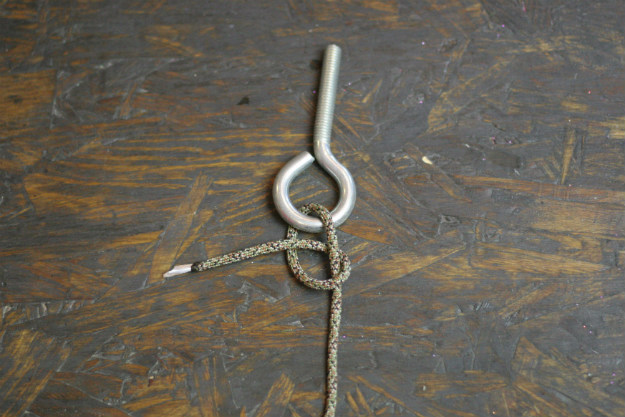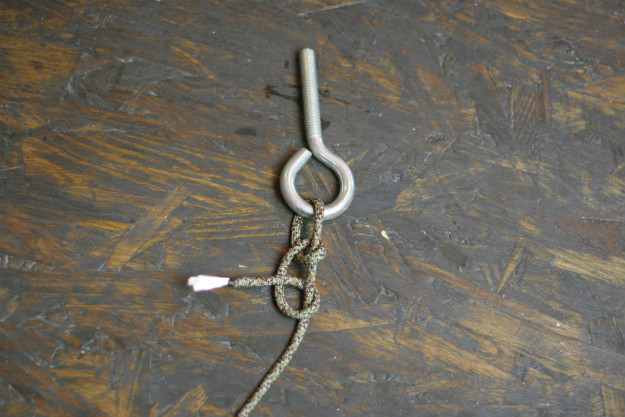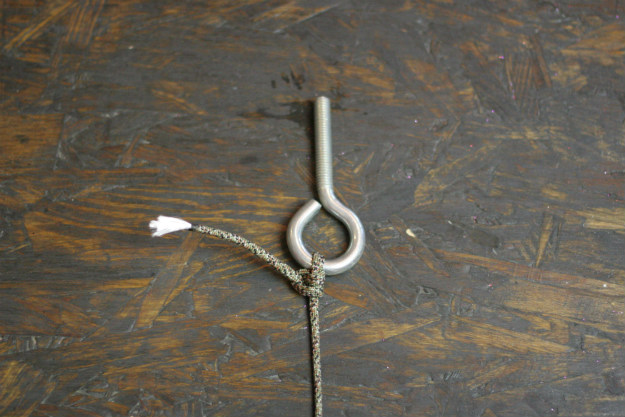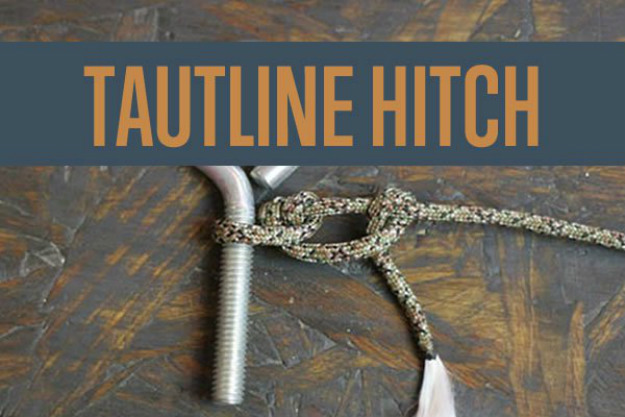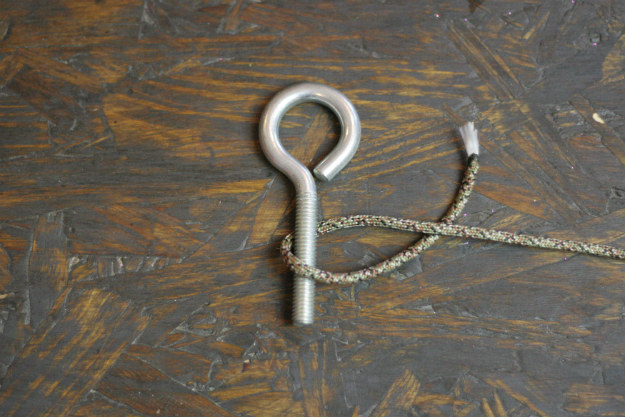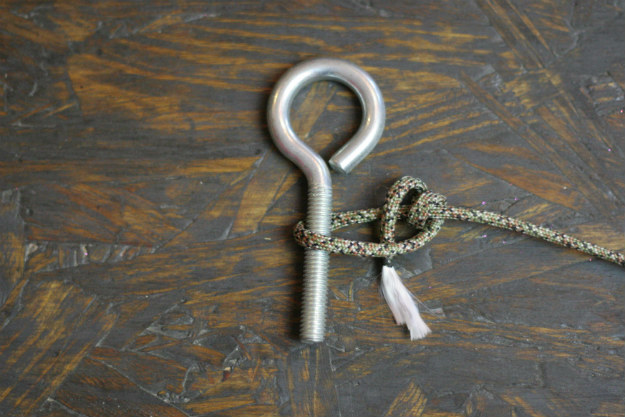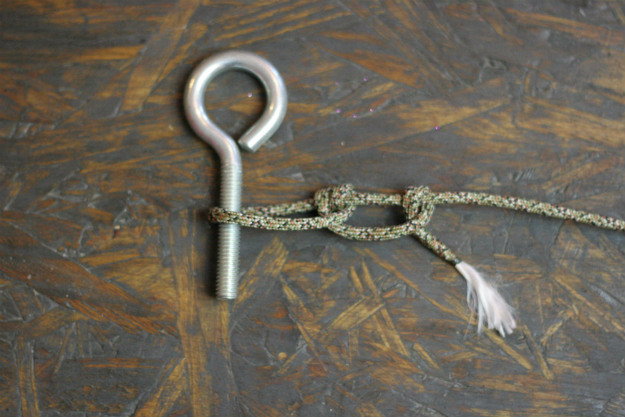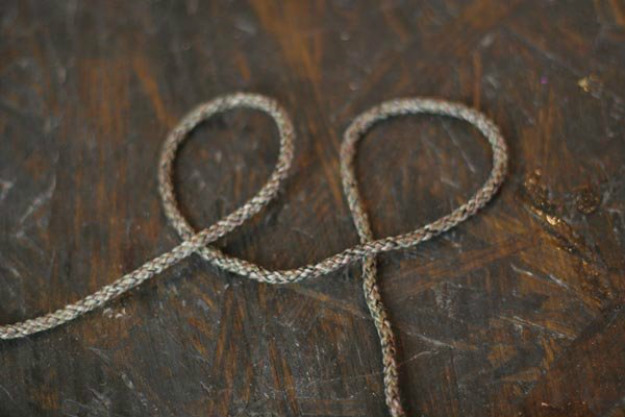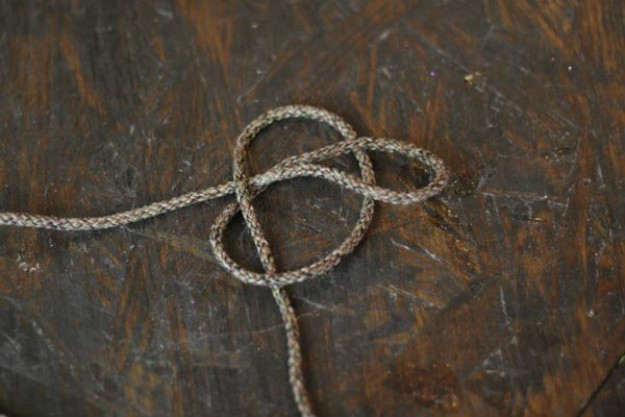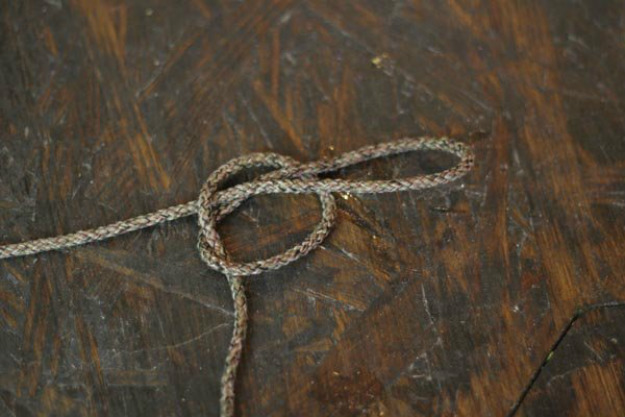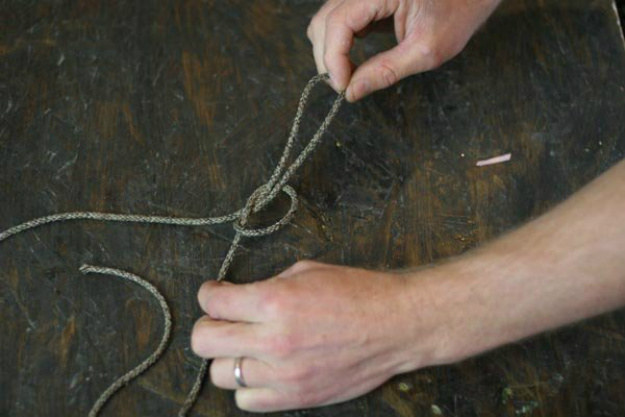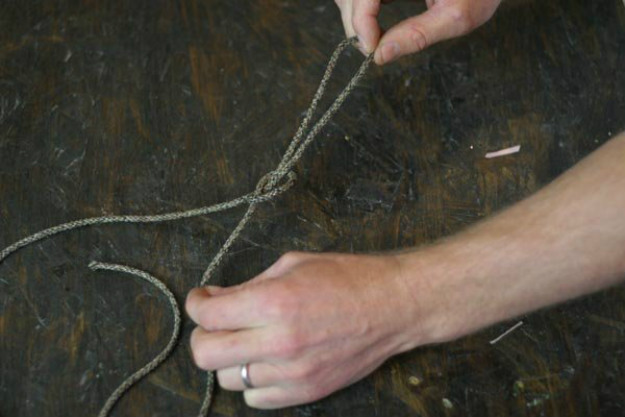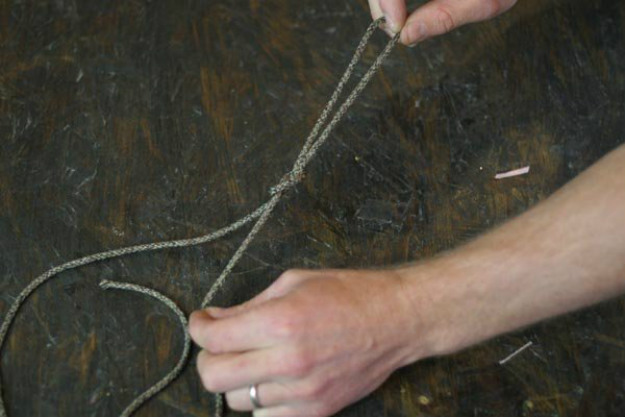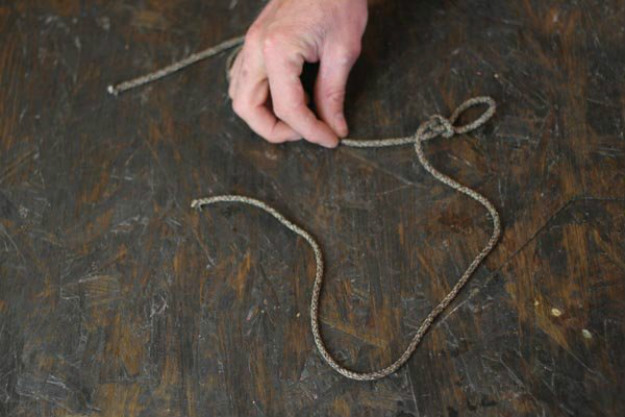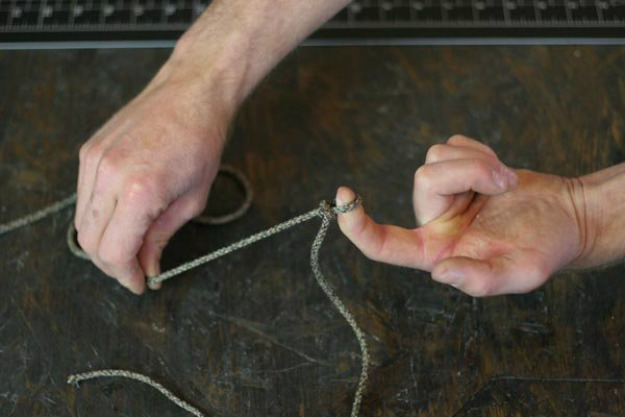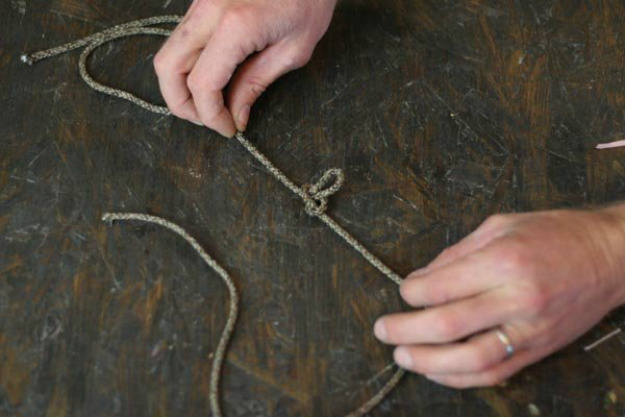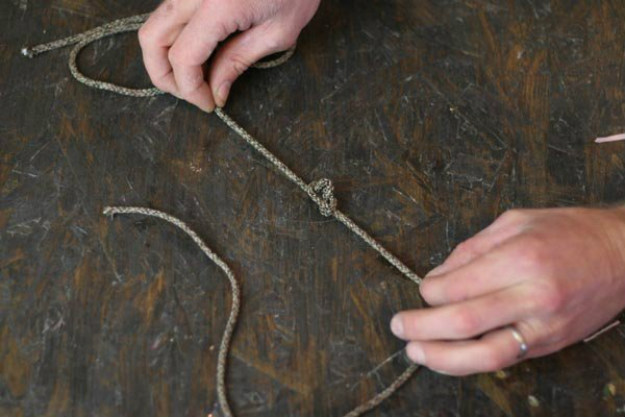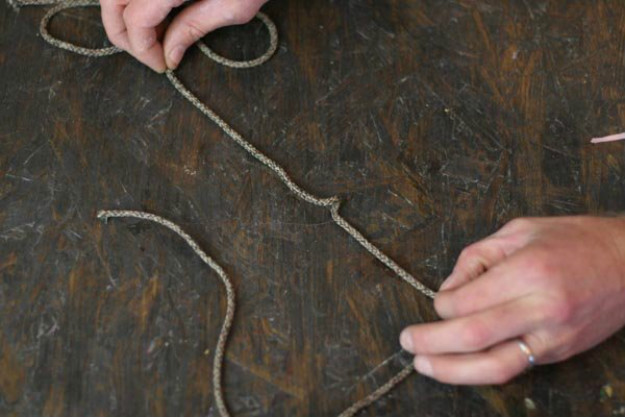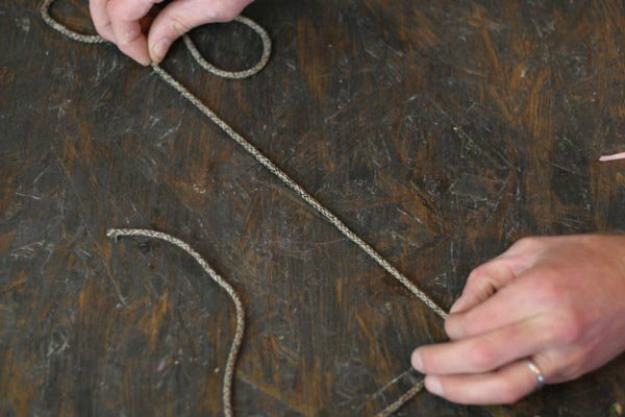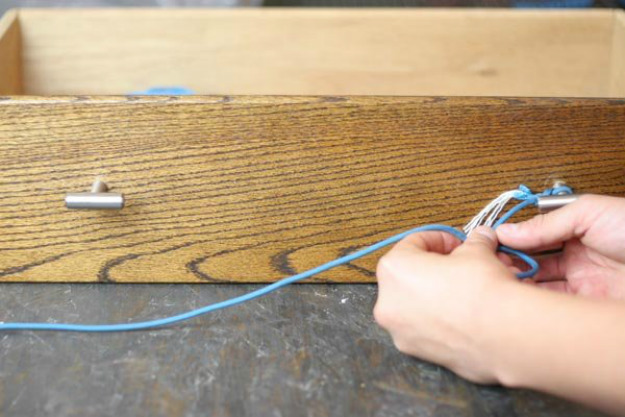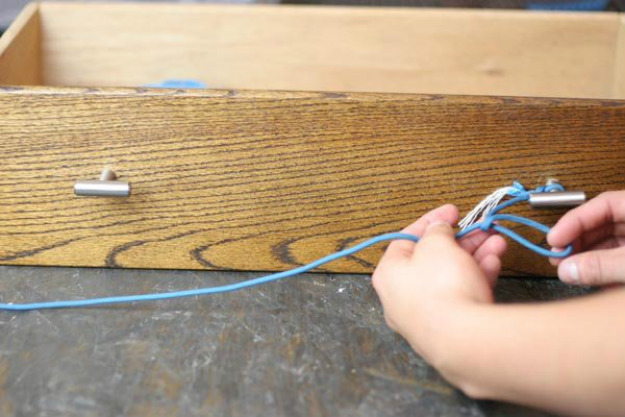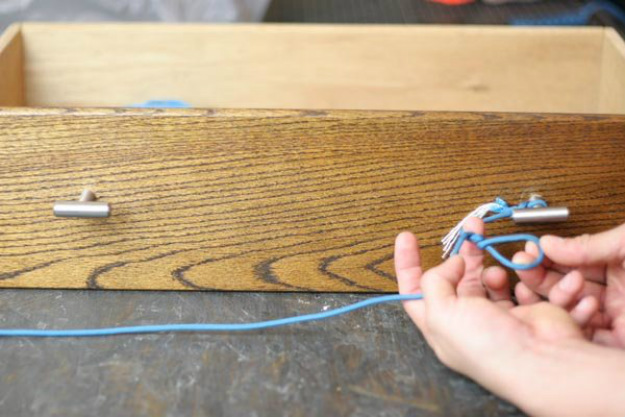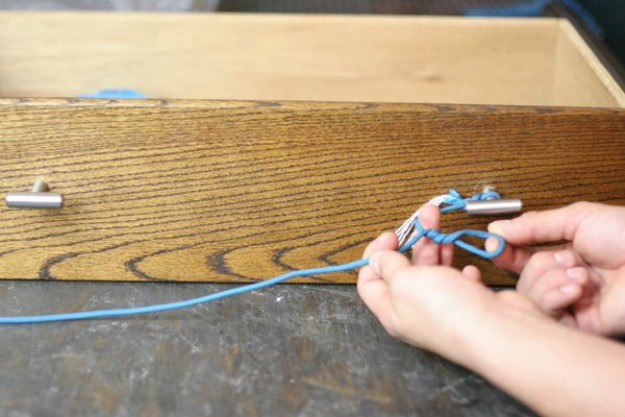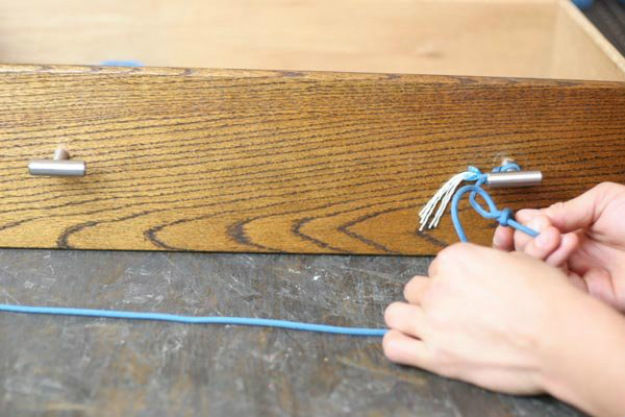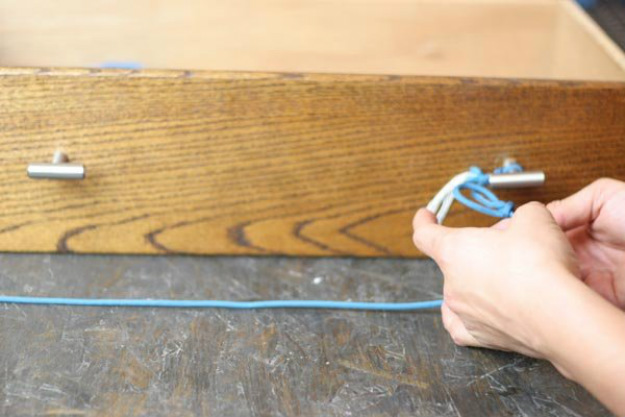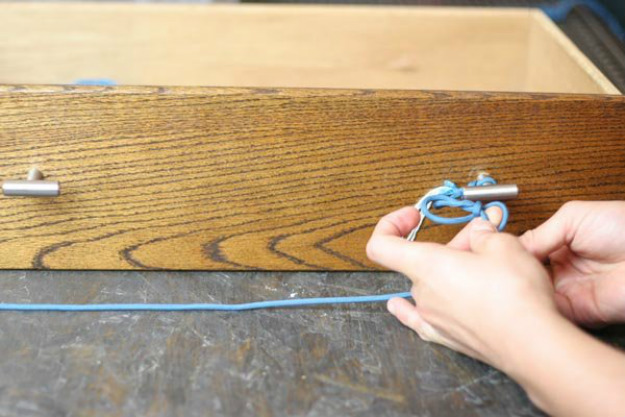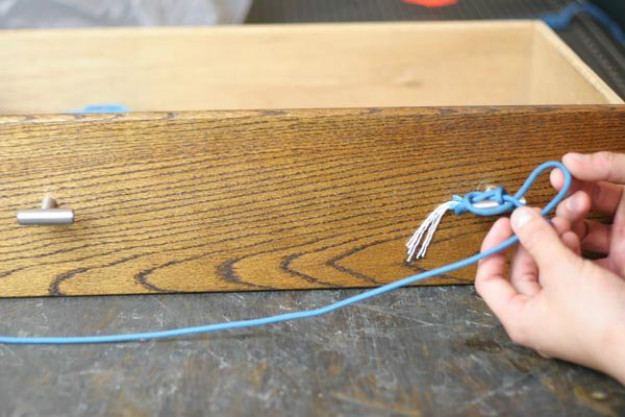Remembering Our Past “According To The Scriptures” was originally published to Total Survival
The Myth Of Neutrality – According To The Scriptures
The only real to accurately study the past is to do it… according to the scriptures.
No history text can be objective or neutral because facts can never interpret themselves. All history books reflect their author’s religious and moral assumptions. The historian collects and chooses his facts in terms of his own presuppositions. He decides what to include in his history and what to leave out on his own belief system. Further, historians name the good guys and the bad guys in terms of that system. In fact, everything he writes is an expression of his religious faith. That’s we need to look at history according to the scriptures. OK…
Does this mean that history is nothing more than a pack of lies, a tool for manipulation and oppression? To answer this important question, we need to step back, back to the beginning.
According To The Scriptures – The Bible as History
God’s word comes to us as history. Genesis tells us the history of the world from Creation to the death of the patriarch Joseph in Egypt. That’s roughly twenty-three hundred years. Exodus takes us from Egypt to Mt. Sinai, where God gave Israel His law (c. 1445 BC). Leviticus mostly enjoins laws for moral and ritual purity, but historically it follows Exodus: Israel is still at the foot of Mt. Sinai.
Numbers describes Israel’s failure to enter the Promised Land and the forty years of wilderness wandering that followed. Deuteronomy gives us Moses’ farewell speech and his own interpretation of Israel’s recent history. Joshua describes Israel’s six-year conquest of the Land. Judges recounts the three-hundred-year cycle of apostasy, judgment, and deliverance that followed. Samuel and Kings continue the history of Israel through the monarchy to the Captivity. Chronicles covers much the same material. Ezra, Nehemiah, and Esther tell us about the Restoration and take us into the Medo-Persian era (about 450 BC).
The Latter Prophets all speak out of a specific historical context described elsewhere in Scripture. So do the poetry books or Wisdom Literature. There is nothing here resembling the esoteric or occult. Even the prophecies, obscure as they sometimes are, generally point forward to a specific fulfillment in real history.
So far, that’s the Old Testament. The New Testament begins with four Gospels, each a true history of Jesus the Messiah in His 3½ year earthly ministry. After the Gospels comes Acts, a history of Jesus’ ongoing ministry from the Father’s right hand through His Spirit, word, and Church here on earth. What remains of the New Testament are the Epistles, letters written by Jesus’ apostles to actual 1st-century churches.
The Epistles assume the historicity of the Gospels and Acts and speak to historical situations in these local congregations. Even the Book of Revelation is addressed to seven real churches in Asia Minor, and though it contains a good deal of imagery and symbolism, it speaks to events “that must shortly come to pass” (Rev. 1:1) Real history again.
Now the history contained in Scripture certainly isn’t exhaustive. There are no clear references to distant Asia, Australia, or the Americas. India gets a brief mention as part of the Persian Empire (Est. 1:1), but northern Europe and the British Isles are entirely absent from the biblical record. Egypt, Assyria, Babylon, Medo-Persia, Greece, and Rome each find a place in that record, but only as each of these ancient empires interact, for good or ill, with God’s covenant people. Scripture ignores the pyramids, the Hanging Gardens, Socrates, and Julius Caesar. And though Scripture tells us a lot about Israel, it skips over all sorts of things that archaeologists and social historians would very much like to know. Why?
The Meaning of History – According To The Scriptures
Scripture has a very specific focus: “the testimony of Jesus is the spirit of prophecy” (Rev. 19:10). The gospel of Jesus Christ is the spirit that animates all of Scripture. Scripture is about Jesus. Biblical history is about Jesus. All of history is about Jesus. The history of the world … is the story of the gospel. So what’s the gospel?
When Paul summarizes the gospel for the church at Corinth, he says this:
For I delivered unto you first of all that which I also received, how that Christ died for our sins according to the Scriptures; and that he was buried, and that he rose again the third day according to the Scriptures: and that he was seen of Cephas, then of the twelve: After that, he was seen of above five hundred brethren at once; of whom the greater part remain unto this present, but some are fallen asleep (1 Cor. 15:3-6).
There are two things here: the historical facts of Jesus’ death, burial, and resurrection, and God’s authoritative interpretation of those facts. Jesus didn’t just die: He died “for our sins according to the Scriptures.” He did not merely rise from the dead: He did so “according to the Scriptures.”
The Scriptures at the time Paul lived and was writing would have been mostly the books of the Old Testament. In the Law and the Prophets, God had already declared the meaning of the Messiah’s death and resurrection. Messiah would die and rise again as a penal substitute for God’s elect (Isa. 53): He would procure forgiveness of sins and the gift of the Holy Spirit for God’s people (Joel 2:28-32). This message and the spiritual kingdom that incarnated it would sweep the world and bless all nations (Ps. 72).
The point is this: God says what history means. He tells us in Scripture as He has always told his people in Scripture. History is about Jesus Christ, crucified and risen for sinners. The story is about His gospel and His kingdom.
Reading History – According To The Scriptures
Biblical history stops at around AD 70 and the fall of Jerusalem, but no further. As students of history, how are we to proceed passed that date with any confidence? Here are some thoughts.
First, as we’ve seen in the previous article, unbelievers lie. So do Christians sometimes. We are all swayed by our prejudices. Honest scholarship is required when reading historical records, especially primary source documents. In short, we must remember to be critical and discerning.
Second, we have to remember that the heart of Christ’s kingdom is His Church. Not with national Israel or Europe or England. Not with America. As we read history, we are tracking the City of God in its conflict with the City of Man. Man’s kingdoms, empires, and republics come and go. The kingdom of God endures.
Third, we should measure the success of God’s kingdom and its representatives in terms of God’s word. Christ’s kingdom comes through the preaching of His word, through the gospel. Sound doctrine and the preaching mission of the Church are key factors in the development of history. Because of this, the orthodoxy or doctrinal soundness of key figures within Church history matters greatly.
Not everyone with a reputation for Christian piety has, in fact, been a blessing to Christ’s Church. Not everyone who has spoken well of God has actually been a servant of Jesus Christ. All this to say that our reading of history must be rooted in creedal, confessional theology based solidly on Scripture. The doctrines of creatio ex nihilo, the ontological Trinity, the hypostatic union of Christ’s two natures, total depravity and sovereign grace, and justification by faith must be “key plumb lines” by which we measure the great figures and movements within the history of Christendom and within that of the wider world.
Fourth, historical judgment on the acts of men and nations is always by the infallible standard of God’s law, as it is revealed in Scripture. Great men sin. Stalwart Christian leaders sin. Nations that claim the name of Christ also sin. How shall we decide between slave and master, between crusader and jihadist, between colonizers and colonized, between communist and capitalist, if not by the law of God? There are no favored nations with God. He is no respecter of persons: He calls all men everywhere to repent and to kiss the Son (Ps. 2).
Fifth, we should understand the key role of the gospel in shaping Western civilization, what was once called Christendom. God’s grace is by definition discriminatory. He gives it to some folks and withholds it from others based wholly on His sovereign will. To the present God’s grace and the fruit of the gospel have been more evident in Western culture than elsewhere. (Then, again, we generally define the West in terms of the influence of orthodox Christianity.) This westward spread of the gospel owes nothing to race or ethnicity and gives us no reason to glory in the world, the flesh or presume upon God where the future is concerned. But it would be a very gross ingratitude and blindness not to recognize what God has, in fact, done in our history.
Sixth, it’s important to understand that Earth’s history is and has always been a winnowing process. Christ’s kingdom grows and develops over time. We can’t expect the Church of the past to know everything we know today. Anselm understood the atonement better than Athanasius. Calvin built on Augustine. The Westminster Confession far surpasses the Nicene Creed in depth and breadth. According to the scriptures, history moves forward.
That means that we can’t return to the past … not to the Reformation, or Colonial America, or Jane Austen’s England. Truthfully, we shouldn’t want to. The New Jerusalem lies in the future. We can learn from the past, but we shouldn’t try to repeat it. We live in an age of differentiation … the tares becoming more obviously tares, the wheat more obviously wheat (Matt. 13:24-32, 36-43). The City of God and the City of Man grow towards epistemological self-consciousness.
Seventh, it’s crucial to remember that we do not stand at the end of history. Since the Church hasn’t yet fulfilled the Great Commission, we would be hard-pressed to believe that history will end any time soon. If we are going to truly study history according to the scriptures, it’s always healthy to remember that our nation and our civilization are not the “be-all and end-all” of all that God has been doing.
Our Future – According To The Scriptures
With these principles in mind, we should be able to read and write history more clarity. We should also be able to make more sense of what God has done in the past and how His kingdom might grow in the future.
Hopefully, we can find our own calling and own place in His story. And, we should be able to help our children find theirs. Hopefully, we will be able to see a lot more of God’s wisdom as we examine the world today. Hopefully, we’ll see the power of the gospel working in our world.
Studying history “according to the scriptures” make the study of history more than worth our time. What a blessing, to be able to think, discern and remember what God has done, is doing and promises to do in the future.
The post Remembering Our Past “According To The Scriptures” appeared first on Off The Grid News.
This Article Was Originally Posted On offthegridnews.com Read the
Original Article here
Check Out The Post Here: Remembering Our Past “According To The Scriptures”



 This article first appeared on urbansurvivalsite.com See it here
This article first appeared on urbansurvivalsite.com See it here


